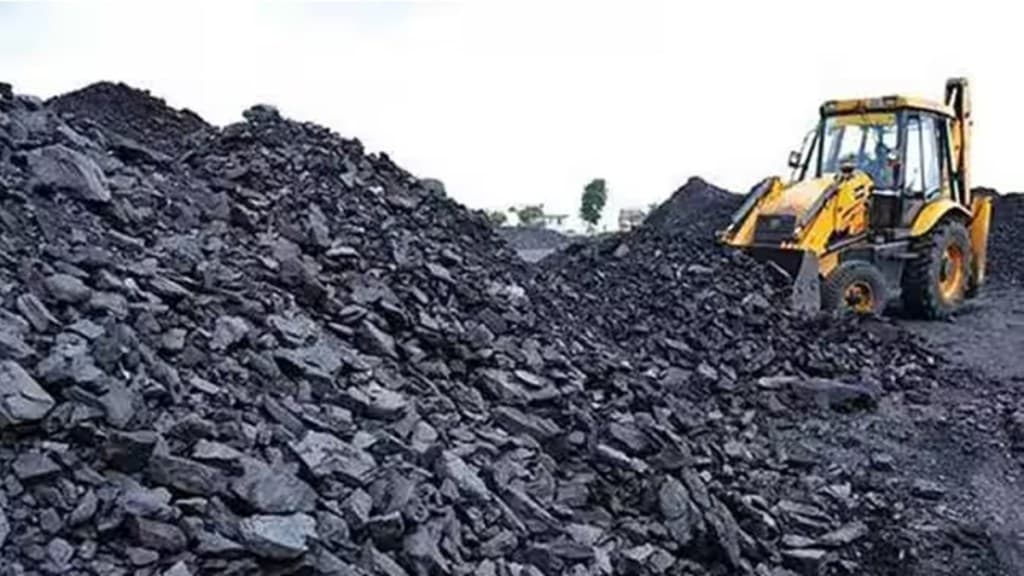When it comes to retirement of coal/lignite-based generation plants, the government has done a volte- face in the national electricity policy (NEP) 2023. While in the previous NEP 2018, the capacity to be retired during the period 2017-27 was mentioned as 48,500 MW, in NEP 2023, it was reduced to a meagre 2,100 MW during the period 2022-32. The actual retirement which has taken place during 2017-2022 was about 10,000 MW only.
The government never really had any defined policy for retirement of coal/lignite plants. Plants were retired as and when they became old and inefficient. In some cases, they were replaced with larger and more efficient units, but in many cases, the retired plants were left to lie in an idle state. For the first time, the government announced a policy for plant retirement in NEP 2018, where it was mentioned that plants which are 25 years old and where there is no space for installing flue-gas desulphurisation (FGD) units would be retired.
A quick word on FGDs is required at this stage. In 2015, the ministry of environment and forests & Climate Change (MoEF&CC) came out with revised environmental guidelines for coal/lignite plants and all generators were expected to install the FGDs by 2017. The pace of installation was painfully slow for a variety of reasons. First, there was hardly any domestic manufacturers for FGDs in 2015 and such large-scale imports were perhaps not practical. Second, the process of installation itself takes about 36 months, so this time limit of installing by 2017 was inexplicable. Third, there was the issue of how to recover the cost of FGDs (amounting to 70 paise/unit on an average) from older plants since their years of operation was limited. In the meantime, the MoEF&CC diluted the norms since they were published in 2015 and in the latest modification of 2021, they provided the generating plants in three categories with revised timelines for installation of FGDs. What was initially indicated as 2017 has now been extended to 2024-25 for certain plants. Moreover, the plants which have been identified for retirement by 2025 need not install FGDs at all. Installation has been dealt a severe blow by IIT-Delhi when in a study conducted by them in 2022, they assessed that though FGDs lower sulphur dioxide levels, they actually release more carbon in the atmosphere in the process! It is no surprise, therefore, that only about 13% of private capacity has installed FGDs till now, whereas for the central and state sectors, it is 4.4% and zero, respectively.
Coming back to the issue of retirement, the moot point is what should be the parameter to be considered? Should it be age, or should it be a worsening of the station heat rate (SHR), which kind of measures efficiency of the plant? The SHR indicates how much coal (measured in energy and not weight) needs to be burned to generate one unit of electricity. The lower the SHR, higher is the efficiency. Before deciding on which plants to retire, we need to decide our objective function. What is that we want to minimise, the total cost of generation or carbon footprints? For the former, we will retire those plants whose per unit variable cost is relatively high and for the latter, we need to weed out those plants whose SHR is relatively high. Depending on the criteria adopted, we would arrive at a different set of plants which need to be retired. What needs to be recognised is that a plant having a high per unit variable cost may actually have a low SHR but may be situated far away from the mine, leading to a higher fuel cost. A plant situated more than 1,500 kilometres away from the mine may actually face a coal price double the pit-head price. The reason is that the railways cross subsidises its passenger fares with revenue earned from freight and coal is its most prominent and lucrative victim.
Can there be a compromise parameter for retirement, for example, the age of the plant? The NEP 2018 spoke of 25 years as the age for retirement, but do plants really become inefficient with age? The answer is no. With increasing age, the operation and maintenance cost may go up, but SHR remains what it was if the plant has been well maintained. Looking at some new generation plants, maybe post 2015, one finds that the per unit variable cost is actually higher than several older generation plants. There are other advantages of not retiring older plants. One would need them for grid balancing (due to increase in the share of renewables in total generation) and also for ancillary services. Since the fixed cost of older generation plants are lower than the recent ones, the system cost for utilising them for grid balancing is cheaper. Not retiring coal-based plants whatever be the criterion has its downside too. It will hamper our march towards renewable generation and will adversely affect our endeavour to become net-zero by 2070. For every 1000 MW of coal capacity not retired, we effectively block at least 3000 MW of solar power since the plant load factor of a coal-based plant is at least three times that of a solar plant.
Devising a strategy for retirement of coal/lignite-based plants is an extremely difficult task. The government’s latest move not to retire any coal plants till 2030 should be seen in this light. Having said that, one can also say that by extending the life of coal plants till 2030 irrespective of age, the government has tacitly admitted that it will not be possible to add to solar and wind capacity as targeted and will need the services of coal plants for meeting the growing demand, at least in the medium term.
The writer is senior visiting fellow, ICRIER
Views are personal

